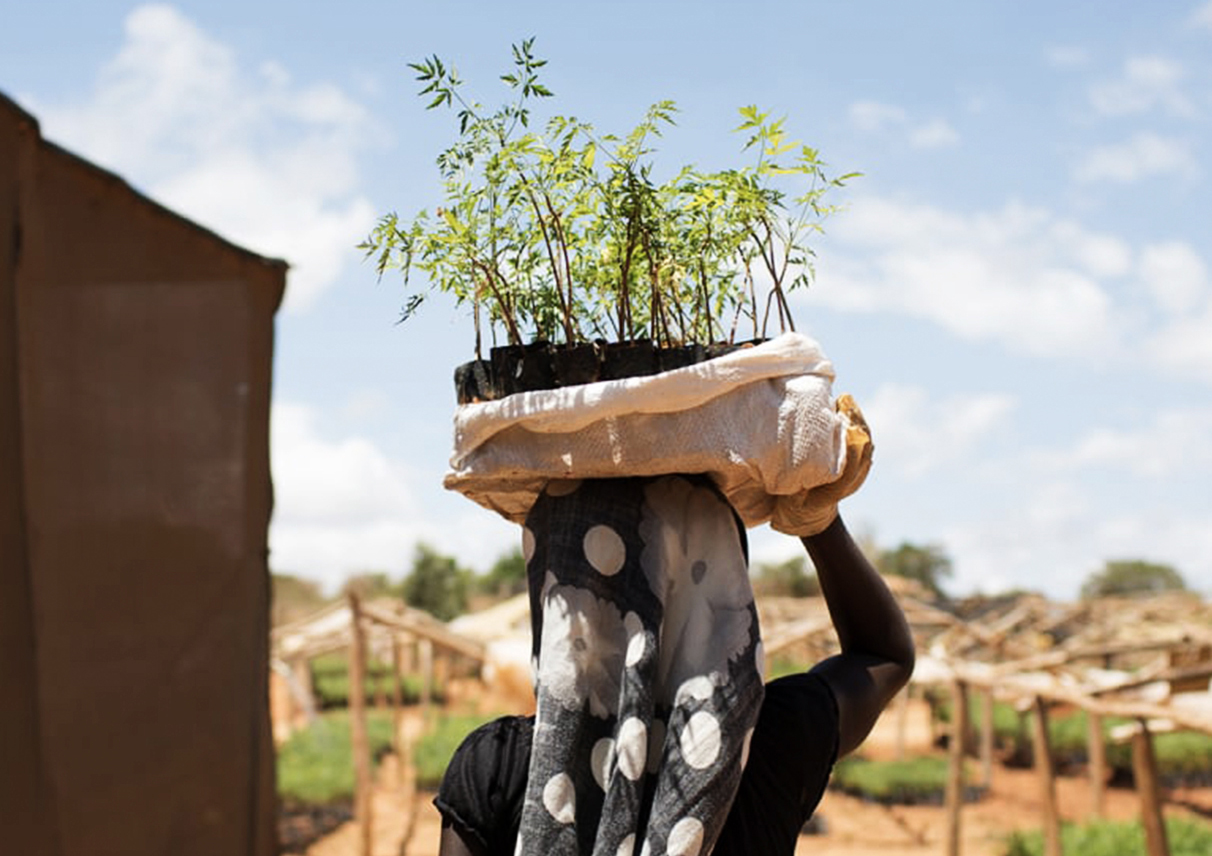Factors of environmental sustainability are core considerations in our work - so that our projects can have the lowest possible impact on the environment. Embodied energy is quantified for each building component in a 'bill of carbon quantities' so that material selection can be based on the lowest carbon impact possible.
Working closely with our design consultants at design stages, we think carefully through issues such as daylighting and ventilation, seeking to minimise operational energy in use. In each consecutive project enhancements are made, learning from past experience, so that we can continuously seek to improve our outcomes.



Representing the history and context of our environment in new built projects is also an important aspect sustainability. Continuing established traditions of working with materials that have been used locally for example, is one way in which cultural preservation can be achieved.
The architecture of our spaces can also represent our cultural diversity and history - sometimes nuanced and in other instances more overt. Incorporating these ideas and details into final built outcomes is an important aspect of our approach to cultural sustainability.

